The 1980s were a unique time capsule of boldness, excess, and cultural phenomena that seemed perfectly normal then but would raise eyebrows or provoke outright laughter today. From fashion choices that defied gravity to technology that now belongs in museums, the decade of Reagan, Madonna, and neon everything created trends and habits that haven’t exactly stood the test of time. Let’s take a nostalgic yet slightly embarrassed look back at what was completely acceptable during this vibrant decade but would earn you strange looks or gentle mockery in today’s world.
1. Cassette Mixtapes as Romantic Gestures
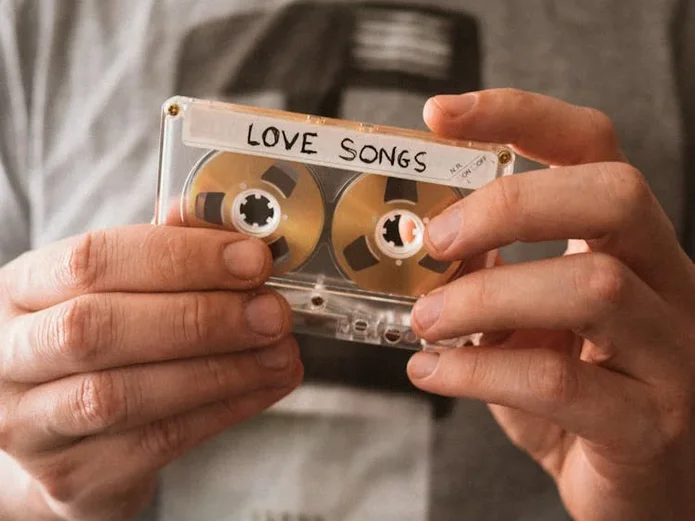
Creating a personalized mixtape for someone you liked involved hours of careful planning, song selection, and precise timing with your finger hovering over the record button to capture songs from the radio or other cassettes. These analog playlists represented significant time investment, with customized handwritten labels and cases often decorated to impress the recipient. The mixtape was the ultimate ’80s expression of romantic interest, revealing your musical taste and personal feelings through curated tracks. WIRED credits mixtapes with not just shaping the music landscape in the ’80s but also influencing the entire future trajectory of the genre.
While creating digital playlists continues today, the effortless drag-and-drop process lacks the devotional aspect that made mixtapes so meaningful. The physical object—something that had to be carried, inserted into a player, and flipped over halfway through—has been replaced by ephemeral digital collections that require minimal effort to assemble. Presenting someone with an actual cassette tape today would be seen as either ironically retro or bafflingly impractical, given that most people no longer own devices capable of playing them.
2. Mall Culture as Primary Entertainment
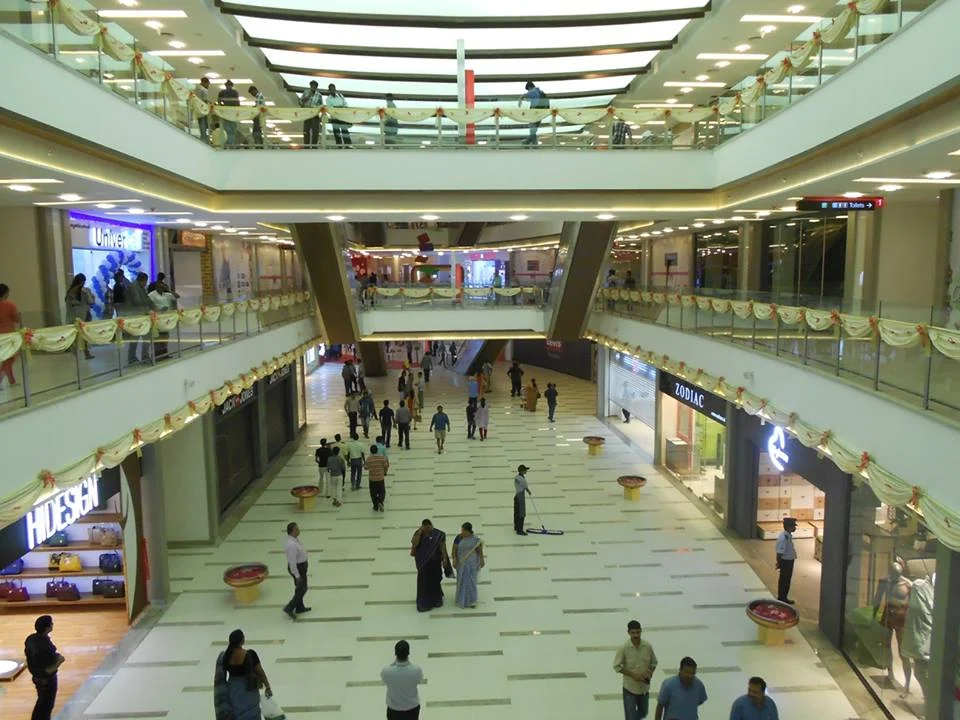
The shopping mall reigned supreme as the weekend destination for teens and families alike, offering climate-controlled browsing, food court dining, and social opportunities all under one roof. Spending entire Saturdays at the mall was completely normal behavior, with “mall rats” establishing territories near their favorite stores and food court tables serving as social headquarters for teenage friendship groups. The mall was community center, dating venue, and consumption cathedral all wrapped into one fluorescent-lit package. A retrospective by World Finance really puts into perspective just how much the mall scene has changed across the decades, not just the culture but the architecture of the mall as we came to know it.
Today’s nearly-empty malls and shuttered department stores reflect how dramatically shopping habits have changed since the ’80s heyday of mall culture. The idea of driving somewhere specifically to wander retail corridors for hours without a particular purchase in mind seems increasingly foreign in the age of targeted online shopping. While malls still exist, they no longer serve as the default social gathering space for young people, who now connect virtually or seek out more experience-focused environments when meeting in person.
3. Calling Someone’s House and Asking for Them

Before cell phones became ubiquitous, calling a friend meant dialing their home number and navigating the potential awkwardness of speaking with their parents first. “Hello, Mrs. Johnson, is Sarah there?” was a social script every teenager knew by heart, often followed by the distant sound of the parent yelling up the stairs for their child to pick up the phone. This telephone etiquette was standard practice, as was memorizing the home phone numbers of everyone important in your life. Real Simple really warns against just showing up unannounced these days, even calling it a big don’t when planning to see a friend.
Today, the idea of calling someone’s shared family line and potentially interrupting dinner seems strangely formal and intrusive. Modern teens would be baffled by the concept of having to make small talk with a friend’s parent before speaking to their actual intended call recipient. The direct person-to-person communication we now take for granted has eliminated this once-normal social interaction, making the house phone call seem like a quaint ritual from a bygone era.
4. Massive Shoulder Pads in Everything

Women’s fashion in the ’80s embraced power dressing with shoulder pads so substantial they could double as protective sports equipment. Business suits, casual blazers, and even everyday dresses featured these triangular foam inserts that created a silhouette more linebacker than leading lady. The exaggerated shoulders were seen as confidence-boosting and empowering, helping women command presence in male-dominated workplaces of the era.
Someone wearing authentic ’80s shoulder pads today would look like they’re about to take flight or auditioning for a sci-fi movie about aliens with unusual anatomies. While subtle shoulder structure occasionally returns to fashion, the genuine ’80s version—often so large that doorways became challenging to navigate—remains firmly in vintage territory. Modern power dressing focuses on clean lines and quality materials rather than creating an upper body that appears twice its actual width.
5. Carrying a Boom Box on Your Shoulder

The portable music system of choice for the street-savvy ’80s youth was the boom box—a massive rectangle of speakers, cassette deck, and radio that could be hoisted onto one shoulder like a badge of musical honor. These heavy audio machines, sometimes called “ghetto blasters,” allowed teens to provide their own soundtrack while walking down the street or hanging out in parks, sharing their musical tastes with everyone within a one-block radius whether they wanted to listen or not.
The modern equivalent would be someone walking through a neighborhood playing music at full volume from an oversized speaker system instead of using headphones—behavior now generally considered inconsiderate rather than cool. Today’s portable music has become increasingly private and miniaturized, with tiny earbuds replacing the public performance aspect of music consumption. The physical strength required to carry a boom box for any length of time would also raise questions in our ergonomically conscious era.
6. Video Rental Late Fees
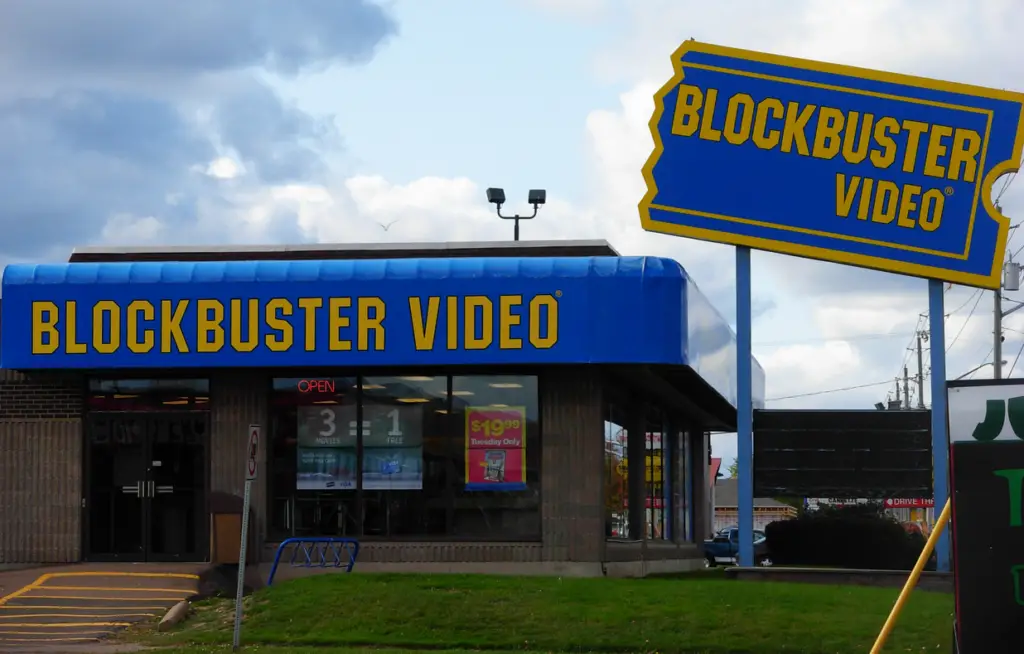
The weekend ritual of visiting Blockbuster or your local video store came with the constant threat of financial penalty if you didn’t rewind and return your VHS tapes on time. Late fees were an accepted part of the rental experience, with millions of Americans occasionally paying more in penalties than the original rental cost because they forgot to return “The Breakfast Club” for an extra day or two. Video stores made significant portions of their revenue from these charges, creating a business model partially dependent on customer forgetfulness.
In today’s streaming world, the concept of being charged extra because you held onto content too long seems laughably outdated. Modern viewers are accustomed to unlimited access for a flat monthly fee, with no penalties for watching the same movie ten times in a row or letting content sit unwatched in their queue for months. The physical logistics of returning something to avoid fees—driving to a store specifically to put an item in a slot—would seem like unnecessary hassle to digital natives raised on instant access.
7. Memorizing Phone Numbers
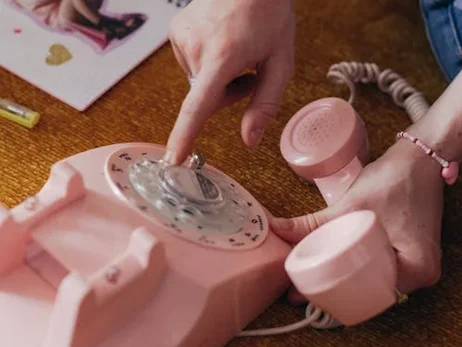
The average ’80s person could recite from memory at least a dozen important phone numbers—home, work, best friends, grandparents, the local pizza place, and perhaps even emergency contacts. Without smartphones to store this information, committing these sequences to memory was a practical necessity rather than an optional mental exercise. Many households kept a paper address book near the phone, with particularly important numbers often written directly on the wall next to the kitchen telephone.
Asking someone today to recite more than two phone numbers from memory typically results in a blank stare or nervous laughter. The skill of number memorization has been outsourced to our devices so completely that even our own phone numbers sometimes require a quick check to confirm. While this mental capacity has been freed up for other uses, there’s something slightly concerning about being completely dependent on digital storage for information once considered basic knowledge.
8. Answering the Phone Without Knowing Who’s Calling
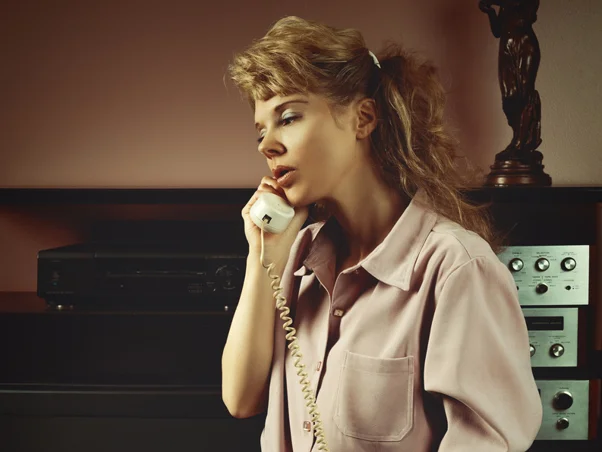
When the telephone rang in an ’80s household, picking up the receiver meant committing to a conversation with whoever happened to be on the other end—a friend, relative, telemarketer, or wrong number. The mystery of the ringing phone created a sense of anticipation and occasionally dread, as there was no way to screen calls beyond having another family member claim you weren’t home. Business calls, social invitations, and unfortunate news all arrived through the same unexpected channel.
The idea of answering a call without checking caller ID first now seems unnecessarily risky or even vaguely reckless. Modern phone users have become accustomed to the protective buffer of screening technology, allowing them to prepare mentally for conversations or avoid unwanted calls entirely. The vulnerability of the blind answer—having to quickly shift into the appropriate emotional register for whoever happens to be calling—represents a type of social spontaneity that has largely disappeared from contemporary communication.
9. Making Plans and Having No Way to Change Them
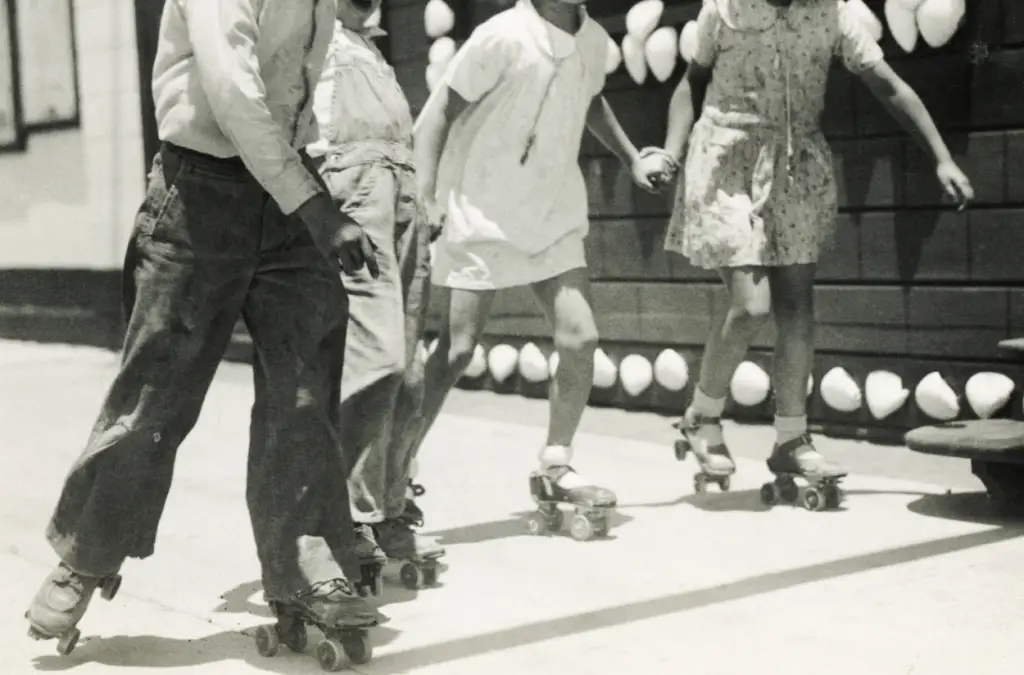
Once arrangements were made to meet someone at the mall at 1:00 on Saturday, that commitment was essentially written in stone. Without cell phones or text messaging, there was no easy way to adjust plans on the fly, leading to genuine concern if someone was more than 15 minutes late. People agreed on specific meeting locations—”by the fountain” or “at the theater entrance”—and then had to follow through or risk standing someone up completely.
The rigid nature of ’80s social planning would feel stifling to today’s flexible schedulers, who are accustomed to real-time updates and last-minute adjustments. The modern tendency to text “running 10 minutes behind” or “let’s switch to the coffee shop across the street” has created a more fluid approach to social coordination. The commitment required by pre-mobile communication meant that flakiness had much higher social costs than it does in today’s easily-rescheduled world.
10. Photo Processing Surprises
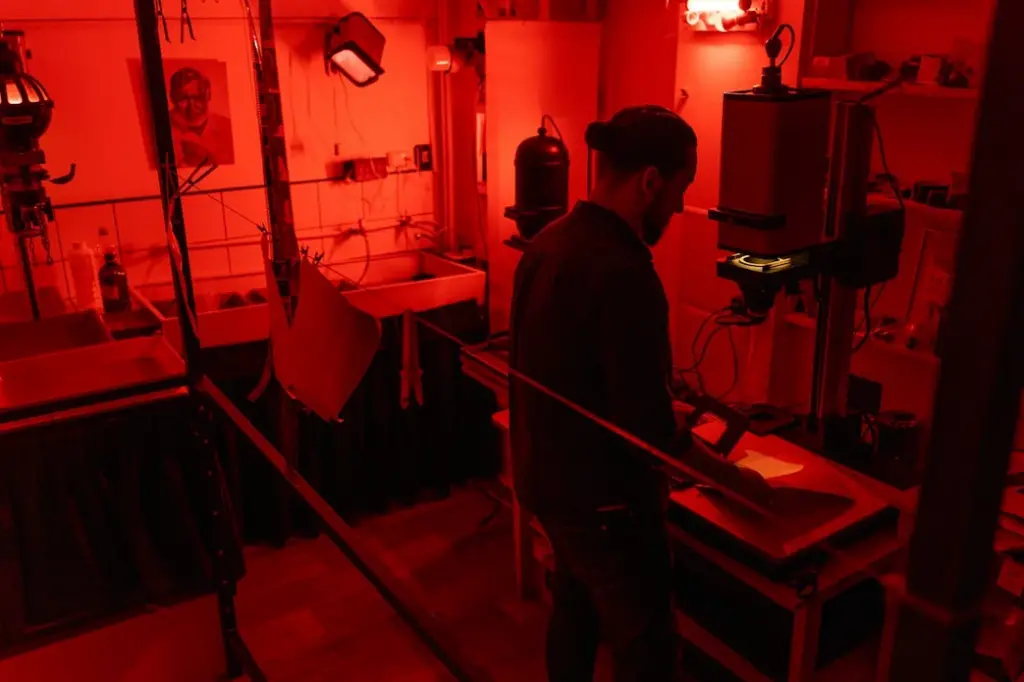
Taking photos in the ’80s meant waiting days or sometimes weeks to see if your pictures turned out, with the film development process adding an element of suspense to every family vacation or special event. Picking up that envelope of prints from the photo counter meant finally discovering if you captured that perfect sunset or if everyone’s eyes were closed during the birthday cake moment. Each 24-exposure roll represented a significant investment of both money and hope, with no do-overs for missed shots.
The delayed gratification of film photography would test the patience of anyone raised in the era of instant digital review and selfie retakes. Today’s ability to immediately assess, delete, and reshoot has eliminated both the disappointment of wasted film and the serendipitous discoveries that came from experimental shots. The vulnerability of handing over your personal memories to be processed by strangers—who might see everything from your beach vacation to embarrassing party moments—represents a level of privacy surrender that would make modern social media users uncomfortable.
11. Hair With Its Own Zip Code

The bigger, the better was the unspoken motto of ’80s hair, with teased bangs reaching skyward thanks to industrial quantities of aerosol hairspray. Women and men alike spent significant time each morning creating architectural wonders on their heads, with some bangs reaching heights of 4-6 inches—held in place by enough Aqua Net to single-handedly damage the ozone layer. Side ponytails, mullets, and perms added to the excessive hair landscape, creating silhouettes that could never be mistaken for any other decade.
Walking around today with an authentic ’80s hairdo would make you look like you’re wearing a costume or heading to a theme party. The time investment alone would be considered absurd in today’s quick-styling culture, not to mention the environmental impact of all those CFCs from hairspray cans. Modern celebrities occasionally reference ’80s hair for creative photoshoots, but the genuine article—stiff, unmovable, and large enough to have its own weather system—remains firmly in the past where perhaps it belongs.
12. Smoking Sections on Airplanes

Believe it or not, you could once light up a cigarette at 30,000 feet with the blessing of your airline. Airplanes featured designated smoking sections, typically in the rear, operating under the bizarre assumption that smoke would politely stay in its assigned area rather than circulating throughout the cabin. Flight attendants served meals, poured drinks, and handed out pillows all while passengers puffed away, filling the pressurized metal tube with a haze that affected everyone onboard.
Today, the very idea of smoking on an airplane seems not just illegal (which it is) but almost comically absurd. Modern travelers would be horrified by the prospect of spending hours in a floating smoke chamber, their clothes and hair absorbing the smell while their lungs process secondhand smoke. The smoking section on airplanes perfectly represents how quickly societal standards can shift—from completely normal to utterly unthinkable in the span of a generation.
13. Encyclopedia Salespeople at Your Door

Families in the ’80s might answer their doorbell to find a persuasive salesperson pitching multi-volume encyclopedia sets as essential educational investments for their children’s futures. These massive book collections—often costing thousands of dollars and requiring dedicated shelving—were purchased through in-home demonstrations highlighting their comprehensive knowledge and prestigious leather binding. The encyclopedia salesperson represented a common home intrusion that many families actually welcomed as a path to educational advancement.
The notion of buying static, printed information at premium prices when virtually unlimited knowledge is now available for free on smartphones would strike modern parents as absurd. Encyclopedia salespeople have gone the way of ice delivery men and milk trucks, rendered obsolete by technological change. The physical space these volumes occupied in ’80s homes—often a full bookshelf in the living room or den—has been replaced by devices that can access exponentially more information while fitting in a pocket.
The rapid pace of technological and social change makes the ’80s feel simultaneously recent and ancient. While we may chuckle at the fashions, technologies, and social norms that once seemed perfectly reasonable, they remind us that today’s completely normal behaviors will likely seem just as ridiculous to future generations. Perhaps that’s the real lesson of looking back—the humbling awareness that we’re probably doing dozens of things right now that our future selves will find thoroughly embarrassing.



